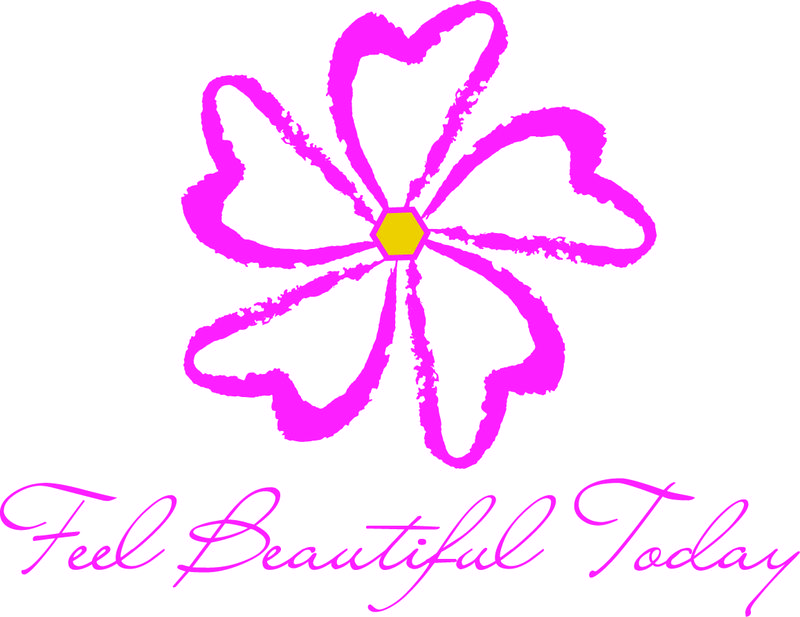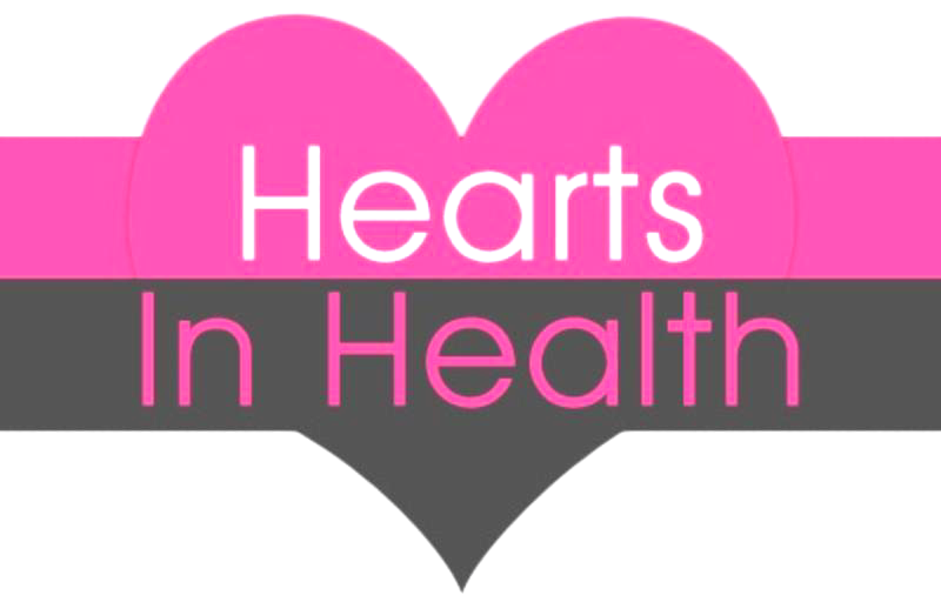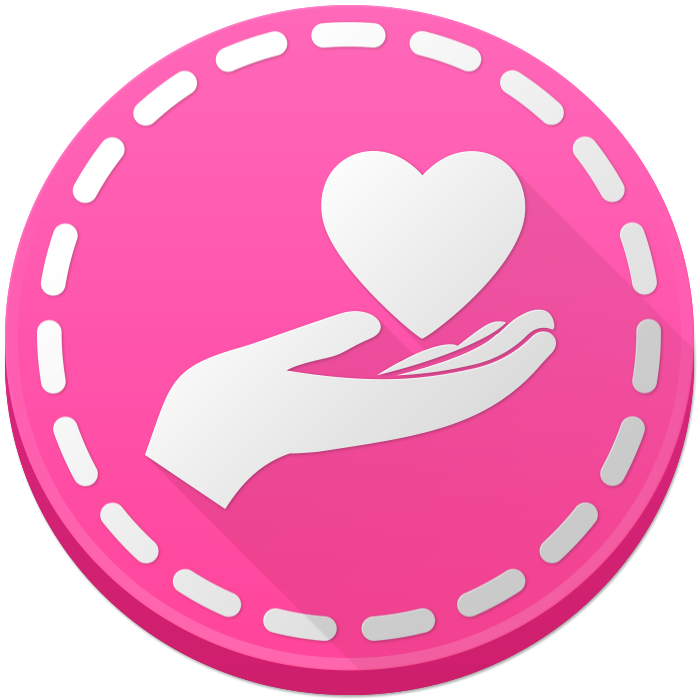Art and Healing
by Bivi Franco on 12/17/14
“People can be healed even if they are not cured.” - Terri Zborowsky, Mary Jo Kreitzer
So many times we as humans seek to provide the cure. Ice bucket challenges via social media, three-day walks, and universities completely devoted to specific diseases are all examples of this desire. And while finding the cure for cancer is most certainly a worthwhile endeavor, what do we do in the meantime? What can we as an organization as we wait for a cure for this terrible disease? We can foster an environment to provide healing.
Healing, as opposed to curing, is wholeness, the “harmony of mind, body, and spirit” (Kreitzer). This stated, the medical community is slowly coming to redefine what health looks like. It is no longer “the absence of disease or infirmity” but rather “a state of complete physical, mental, and social well-being” (Nobel 254). With this broader understanding of what it means to be healthy, more and more research is being devoted to discovering the ties between the arts and healing. In “The Connection Between Art, Healing, and Public Health: A Review of Current Literature,” studies and literature from both databases and internet sites were evaluated and compiled to draw conclusions about the impact of the arts on health. Two main ideas are worth noting.
First, there is not a lot of empirical research concerning the impact of arts on health. It is only recently that scientists and researchers have begun to implement studies that go beyond the theoretical and accurately document objective findings. Additional complications include the lack of control groups and difficulty in finding accurate ways to measure the effectiveness of programs among patients (Noble 261). This said, the research that has been conducted all points to one conclusion. The implementation of art in a patient’s recovery is producing positive results, and more and more research is being done to better show accurate proof of this.
Secondly, “…there is evidence that engagement with artistic activities, either as an observer of the creative efforts of others or as an initiator of one’s own creative efforts, can enhance one’s moods, emotions, and other psychological states as well as have a salient impact on important physiological parameters” (Nobel 254). Not only are patients experiencing shorter hospital stays and better vital signs, but they are also able to begin to grapple with the emotional complications of a chronic illness. In participating in a creative activity, patients regain the lost sense of control that comes with a diagnosis like cancer as well as a new sense of identity apart from their illness. Perhaps the overarching benefit of participating in an artistic activity is that “it can serve as a vehicle for alleviating the burden of chronic disease” (Noble 254).
At Feel Beautiful Today we strive to create an environment where true healing can occur, where cancer patients can express their pain and grief through the act of making jewelry and painting a box. Somehow there is a camaraderie experienced when women begin to understand that they are not alone in their fight and another patient has painted a box especially for them. We see the proof of today’s research in every smile and sense of accomplishment shown on the women and girls’ faces we interact with. What research has yet to quantitatively prove, Feel Beautiful Today witnesses time and time again.
References:
Stuckey, Heather L., and Jeremy Nobel. “The Connection Between Art, Healing, and Public Health: A Review of Current Literature.” American Journal of Public Health 100.2 (2010): 254–263. PMC. Web. 12 Dec. 2014.
Zborowsky, Terri, and Mary Jo Kreitzer. “Creating Optimal Healing Environments in a Healthcare Setting.” Minnesota Medicine (2008). Web. 12 Dec. 2014.




